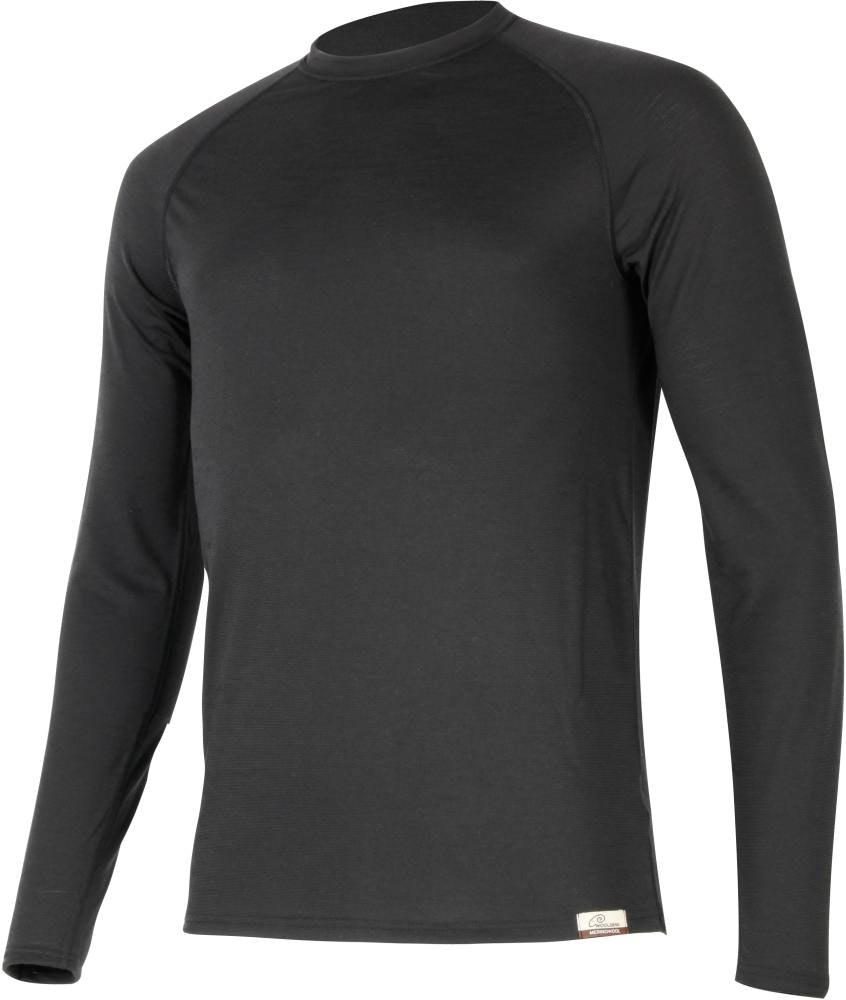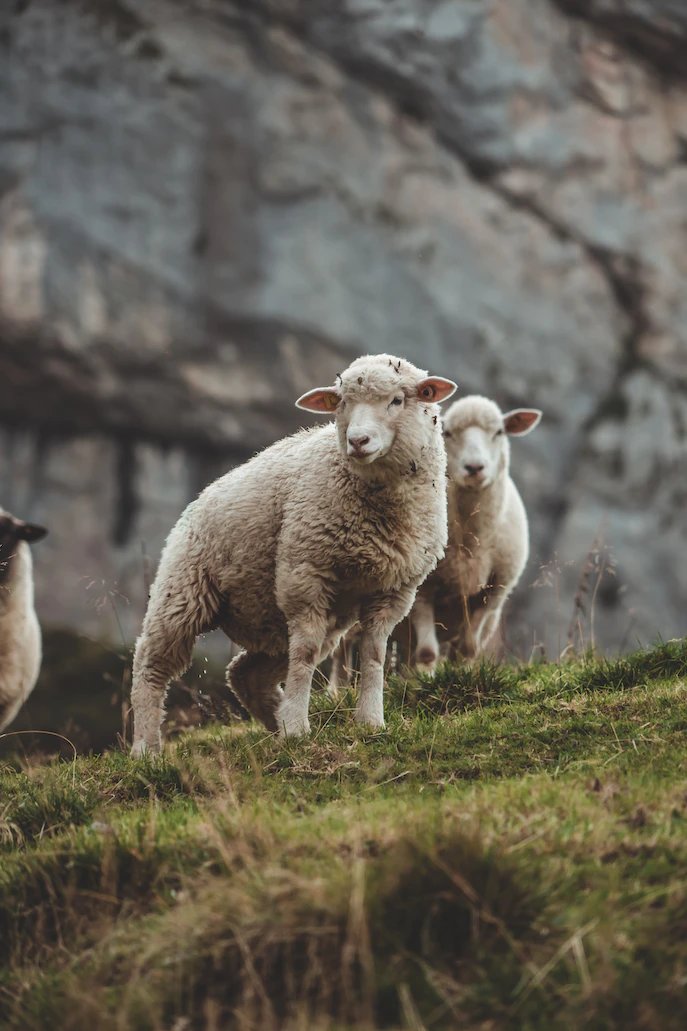Updated Merino Wool Base Layer Tips
Wiki Article
Why Is Yak Merino Wool Base Layer So Effective For Winter Sportswear?
Merino's and yak wool qualities makes a base layer that is extremely efficient for winter sports clothing. Its hollow fibers retain air, which provides excellent insulation. Merino is a combination of superior insulation capabilities it offers superior warmth and comfort during colder weather.
Merino wool is a moisture-wicking material, that means it draws moisture away from your body and release it to the air. This keeps your body dry. The yak wool is also moisture-wicking, which is in addition to the merino wool. This helps to regulate body temperature by keeping moisture away from the skin during vigorous exercises in cold temperatures.
Merino's softness and fine fibers that will not cause skin irritation. When blended with yak wool which also has soft and silky fibers, the resultant fabric is comfortable against your skin.
Odor Resistance - Both merino and the yarn are naturally antimicrobial, which assists in reducing the growth bacteria that create odors. This allows the clothing to stay fresher longer even if worn for extended periods.
Durability- Yak and merino are both tough materials. They combine to create a material that is able to withstand the rigors and strains of outdoor and sporting activities.
Temperature Regulation – The insulation properties of yak merino-based layering regulate body temperatures and keep wearers warm in colder climates, while also being air-conditioned enough to avoid overheating during times of intense activity.
Merino and yak are both renewable and biodegradable fibres. They make eco-friendly winter sportswear.
The base layer of Yark merino wool is a blend of warmth comfortability, the ability to manage moisture and durability. It is ideal for winter sports in cold temperatures. See the most popular merino wool base layers for blog examples including sweaty betty ski base layer, womens icebreaker base layer, merino wool thermals, merino wool underlayer, merino wool thermal underwear, merino wool first lite, smartwool base layer sale, wool long johns women's, ice breaker thermals, merino wool leggings mens and more.

What Are The Advantages Of Bamboo Clothing?
Bamboo clothing has many advantages that include its softness, antibacterial properties as well as durability.
Bamboo fabric has an incredibly soft, silky texture which is frequently compared to expensive materials like silk or cashmere. It's smooth and soft on the skin.
Antibacterial Properties-
Bamboo possesses natural antimicrobial properties. Bamboo contains "bamboo-kun," which is a naturally present antimicrobial substance. This ingredient prevents the growth and spread of bacteria that may create odors and fungi.
Durability-
Strength- Despite their softness, bamboo fibers can be strong and durable. Clothing made of bamboo is impervious to tearing and wear. This makes it ideal for various kinds of activities.
Renewability-
Rapid Growth- Bamboo is an abundantly renewable resource that grows rapidly without the necessity of fertilizers or pesticides. It can be harvested within just a few years and has a low environmental impact.
Sustainability-
The cultivation and processing typically have lower environmental impacts than the production of synthetic materials. Bamboo's rapid growth, low water consumption and the ability to thrive in diverse conditions make it a renewable material.
Biodegradability-
Natural Breakdown- Bamboo clothing is biodegradable which means it is able to decompose in a natural manner at the end of its life cycle. This quality minimizes pollution to the environment and also reduces the amount of waste that is accumulated.
Hypoallergenic Qualities
Less Irritation: Bamboo fabric tends to be less prone to skin irritation and allergies as compared to other synthetic fabrics. This makes it the perfect choice for skin that is sensitive.
Bamboo clothing is a fantastic option for anyone looking for practical, eco-friendly and comfortable clothing. It combines softness with antibacterial properties and long-lasting durability. These characteristics contribute to a positive wear experience, while also aligning with eco-conscious practices. See the top bamboo clothings for blog examples including bamboo undergarments, lisa frank bamboo pajamas, bamboo boxer shorts for men, cheapest bamboo pajamas, bamboo shorts womens, bamboo maternity wear, bamboo exercise clothing, bamboo cotton pajamas, bamboo sweatshirt, bamboo jeans ross and more.

How Does Merino And Bamboo Clothing Compare To Wool In Terms Of Texture, Warmth And Moisture Absorption?
Compare the textures, warmth and absorption of bamboo, merino and traditional wool clothes.
Merino Wool Merino Wool is made of smaller fibers, and is more supple than wool that is more traditional. It is often regarded as more comfortable to the skin.
Bamboo Clothing Bamboo clothing has a silky, smooth texture. It is often compared with luxurious materials such as silk or cashmere. It is soft and smooth, making it very comfortable to wear.
Traditional Wool - Traditional wool's texture can differ. Some types are coarser and can cause more itchiness than bamboo clothing or merino clothing.
Warmth-
Merino Wool- Merino wool offers excellent warmth because of its insulation capabilities. Even when it is damp, it retains warmth and acts as an excellent insulation in cold weather conditions.
Bamboo Clothing is also warm but isn't as insulate as the merino. But, it manages body temperature well, providing comfortable conditions in all kinds of weather.
Traditional Wool- Similar to merino sheep's wool, wool traditional provides warmth and insulation. It might appear heavier than clothes constructed from bamboo, merino or other types of fabrics.
Moisture Absorption-
Merino Wool Merino Wool's moisture-wicking ability allows moisture to be able to escape from the skin. It's warm when it is damp.
Bamboo clothing - Bamboo fabric is also a moisture-wicking fabric, allowing it to draw moisture from the skin. This gives support and comfort during physical activity. It regulates the amount of moisture and keeps the wearer dry.
Traditional Wool - While wool can take in moisture, it may not have the same moisture-wicking properties as bamboo or merino fabric. Some types of wool can feel damp and heavy when they are wet.
Merino wool has been known for its softness, warmth and moisture-wicking capabilities. Bamboo clothing is smooth and silky. It's warm. It also regulates moisture. The texture of wool is variable and can be used to provide warmth, moisture absorption and an incredibly soft feeling. But it could feel heavier and coarser when compared to merino clothes or bamboo clothes. Each material offers unique characteristics that are tailored to meet the needs of different people and preferences. Read the most popular merino winter clothing for blog recommendations including sweaty betty ski base layer, smartwool 1 4 zip womens, merino thermals, smartwool base layer, smartwool thermals, sweaty betty base layers, omniwool base layer, wool base layer mens, wool base layer mens, warmest base layer for skiing and more.
